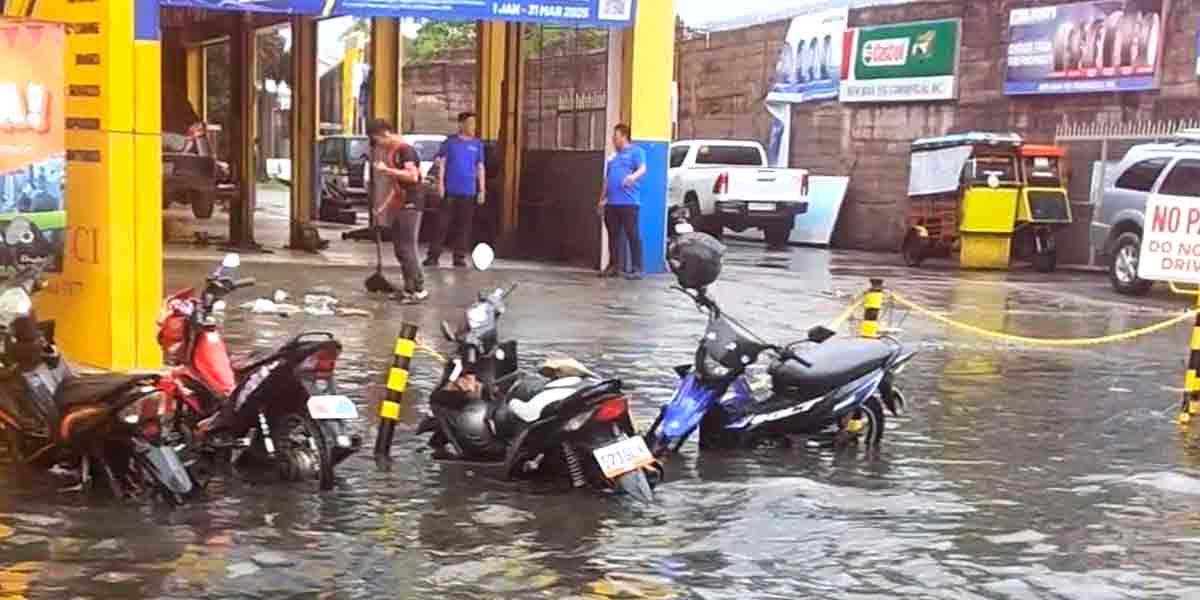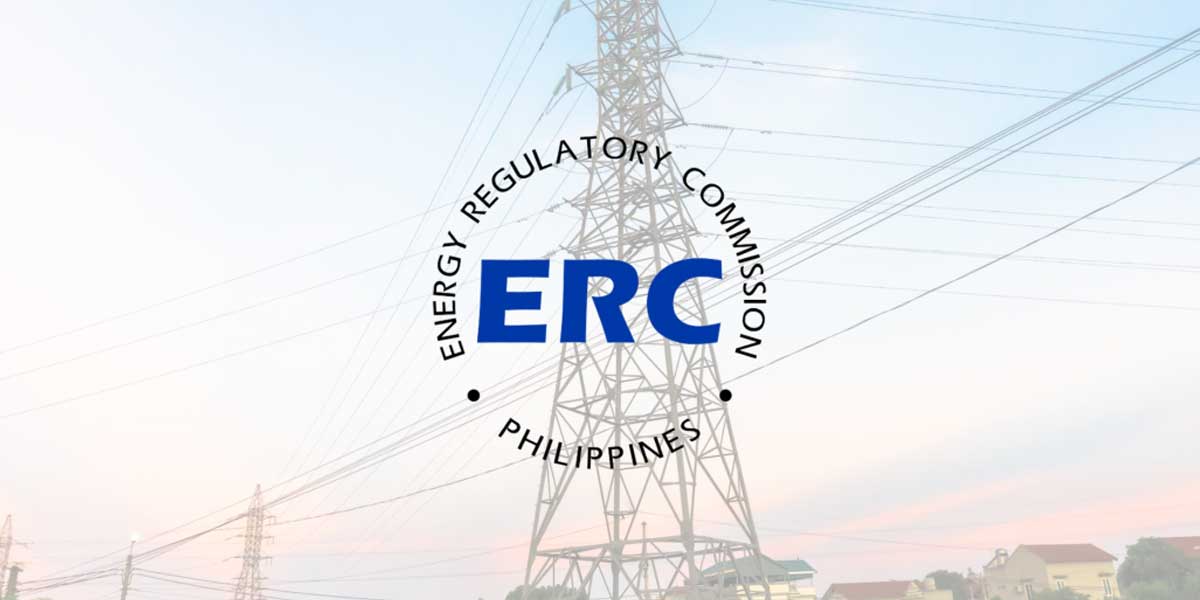By Jennifer P. Rendon
Would a PHP150 environmental fee discourage tourists from visiting Boracay Island?
Mayor Frolibar Bautista of Malay, Aklan raised this question amid concerns that the world-renowned destination is becoming too expensive for visitors.
Bautista defended the fees following reports that the Department of Tourism (DOT) and the Department of the Interior and Local Government (DILG) were considering reducing or suspending tourism-related fees on the island.
“If that happens, it will affect our services. The fees collected fund programs and initiatives that keep Boracay clean,” Bautista said.
He noted that during discussions with DILG Secretary Jonvic Remulla and DOT Secretary Christina Garcia Frasco, it was agreed that the Bureau of Local Government Finance (BLGF) would review the fees imposed by local government units.
The BLGF is expected to release its findings within two weeks.
“They will assess whether the fees imposed are legal and within the authority of the LGU,” Bautista said.
Visitors to Boracay must pay a PHP150 terminal fee and an environmental fee of PHP150 for local tourists and PHP300 for foreign visitors.
Senior citizens, students, and persons with disabilities (PWDs) receive a discounted rate of PHP120.
The PHP150 terminal fee at Caticlan Jetty Port goes to the Aklan provincial government, while the environmental fee is collected by the Malay municipal government.
During the habagat season, when travelers use Tabon Port to reach Boracay, they must pay an additional PHP100 per passenger.
Boat fare from Caticlan to Boracay costs PHP50 per person.
Bautista said reducing these fees might not be feasible, as the LGU relies on these collections to support its projects.
“This is ironic since LGUs are encouraged to increase their revenue,” he said.
Maylynn “Nenette” Aguirre-Graf, a Boracay Foundation Inc. (BFI) board member and former Malay Sangguniang Bayan member, said she authored the ordinance that raised the environmental fee.
Graf noted that the fee was PHP50 in 2005 before increasing to PHP75 in 2009.
“In 2020, after 11 years, it was proposed to be raised to PHP200. Since then, no one has complained—until now,” she said.
Graf said the increase was necessary, especially after Boracay’s rehabilitation in 2018.
She emphasized the need for proper waste disposal and environmental programs, which the fee helps fund.
“We need resources. After the rehabilitation, we lacked funds for environmental protection programs,” she said.
Military personnel, police officers, and other law enforcers on official business are exempt from paying the environmental fee.
Aside from terminal and environmental fees, visitors must also pay for certain activities, including a PHP100 snorkeling fee and a PHP30 convenience fee for using the e-Boracay app.
However, Bautista clarified that these are not mandatory, as some tourists do not use the e-Boracay app or participate in snorkeling activities.
The cost of visiting Boracay has been cited as a reason for the decline in tourist arrivals.
Records show that Boracay welcomed 2.08 million visitors last year, about 2% lower than the previous year.
“But I don’t think the fees are to blame. The decline in foreign arrivals is due to the drop in Chinese tourists,” Bautista said.
Chinese visitors have been declining due to tensions in the West Philippine Sea.
Meanwhile, South Korean tourists have urged the government to upgrade Godofredo P. Ramos Airport in Caticlan, Malay, to accommodate more international flights.
“There is no proper terminal. Some passengers have to wait for a bus to take them to the jetty port. If we want to promote tourism, we must improve our infrastructure,” Bautista said.
Bautista stressed the need for government support in upgrading Boracay’s facilities.
Graf, on the other hand, believes some foreign visitors avoid Boracay due to restrictions rather than fees.
“For example, beach beds and beach huts are now prohibited. I think some tourists would like those back,” she said.
Meanwhile, the Boracay Meetings, Incentives, Conferences & Exhibitions (MICE) Alliance, an organization formed by the DOT in 2021 to enhance Boracay’s potential for large-scale events, has yet to take a position on the issue.
In a statement, the group said, “As of now, we are waiting for further developments before making recommendations for our guests.”
“We welcome dialogue with the LGU to help shape decisions that benefit all stakeholders, including service providers and tourists,” it added.
















